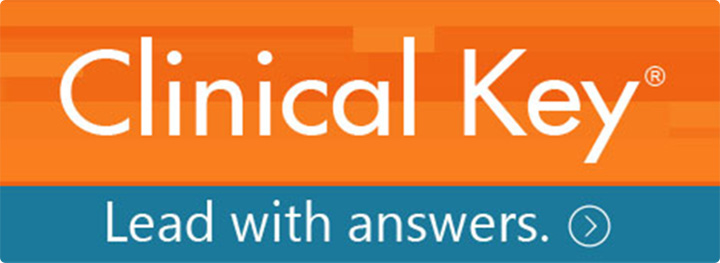Help
This page consists of various topics to help you easily find answers to your queries.
File Formats Available From netterimages.com
We have files in several different formats. Use this guide to help you determine the correct the file type for your needs:
High Resolution TIFF (Created with Adobe Photoshop)
Best used for: Print reproduction
Contains Labels: No
Can it be enlarged: Not without losing sharpness
Description:
This is the original art with no leader lines or labels. This type of image is made up of colored dots known as pixels and is known as a rasterized image. The number of these dots per given space is called the resolution and determines what you can do with the image. The resolution of these images is approximately 300 dots per inch (dpi). This makes it a high-resolution rasterized image and you can expect sharp pictures when you use it for printing so long as you print at the original size or smaller. However, the more you enlarge this type of file, the less clear it will become. This is because the amount of visual information (300 dots per inch) does not increase. For example, if you take an 8" x 10" image that has 300 dots per inch, (2400 X 3000 dots for the entire image), and enlarge it to 16" x 20", the dots are spread out over a larger area resulting in "pixilation."
EPS files (Created with Adobe Illustrator)
Best used for: Print reproduction
Contains Labels: Yes and you can remove the labels to fit your needs
Can it be enlarged: Some can, others not without losing sharpness (see description for details)
Software Required: Adobe Illustrator, Freehand, or any other drawing-based program to manipulate the labels and leader lines. Postscript enabled printer required for output. EPS files are easily imported into QuarkXpress, Pagemaker, InDesign and Illustrator programs.
Description:
These files contain leader lines and labels. However, depending on how they were created, you may or may not be able to enlarge the image without causing pixilation. In all cases, the labels and leader lines have been created in Adobe Illustrator, which means that upon opening the file, they can be moved or edited. They can also be enlarged or reduced without any change in sharpness.
In some EPS files, a high-resolution TIFF image described above has been placed into the Adobe Illustrator document. So even though the labels and leader lines can be enlarged and modified, the base image is still a rasterized image, which means that enlarging it will result in the pixilation described in the section about TIFF files above.
In other files, the entire image was created in Adobe Illustrator. These files are known as vector image because the image is made up of various lines and shapes. Vector graphics can also be enlarged or reduced without any change in sharpness. Please realize that each of our EPS files is either a vector image or a rasterized image, not both.
Low Resolution JPEG (Created with Adobe Photoshop)
Best used for: Web/Internet, CD-ROMs, broadcast and DVDs
Contains Labels: No
Can it be enlarged: Not without losing sharpness
Description:
These files are ideal for Web/Internet, CD-ROM, broadcast, and DVD because the files are small in size and show up quickly on a computer screen. Since the resolution is usually about 72dpi, these are considered low-resolution rasterized images and should not be enlarged nor used for print products.
Labelled Versus Unlabeled Images
We offer labeled versions of many of our illustrations. If we have a labeled version of an illustration, you will know it because below the thumbnail you will see an option to click on "labeled." When you click on "labeled" you will see a preview of the labeled version. Currently, we offer labeled files for illustrations in anatomy, internal medicine and cardiology. As we add labeled files for other specialties, we will alert our customers. Currently, labeled files come in high resolution EPS. With the EPS files, it is possible to modify labels and leader lines. See the section entitled "File Formats Available from netterimages.com" for details. If you see an illustration on the website for which a labeled file is not available, don’t worry, if you contact our customer service department we will create a labeled file for you. Be sure to indicate the illustration title and image number in your email.
